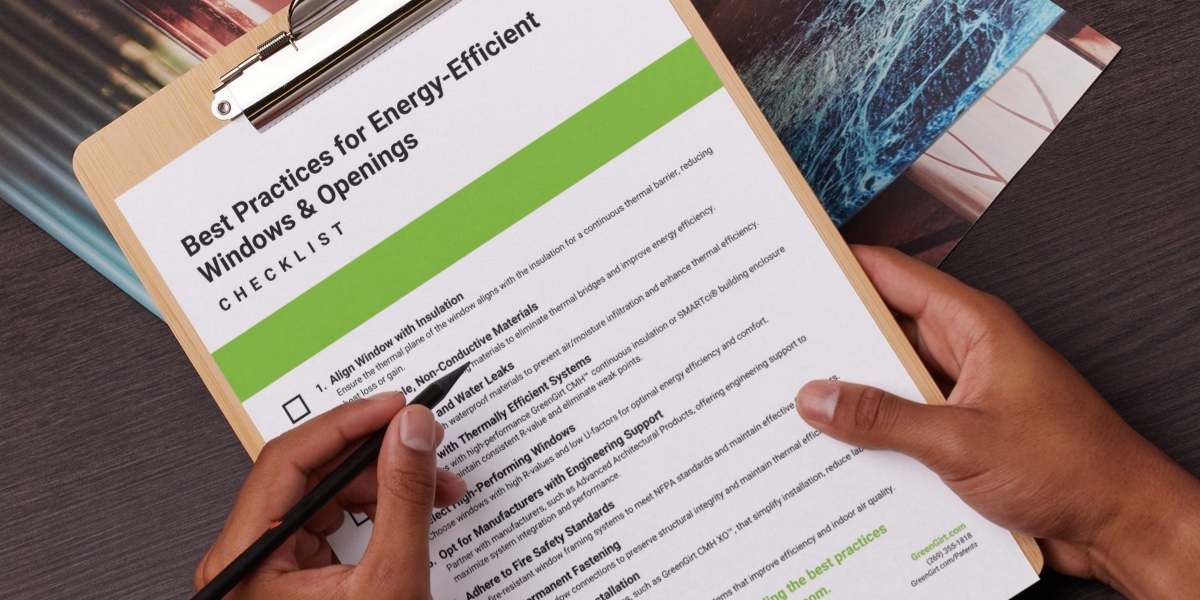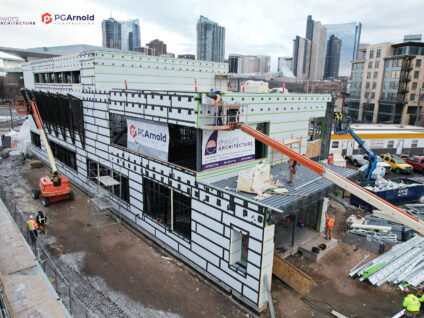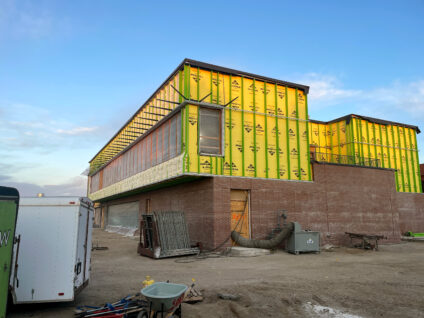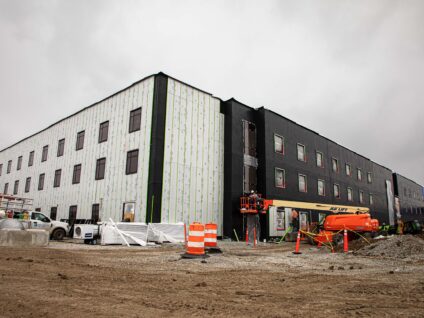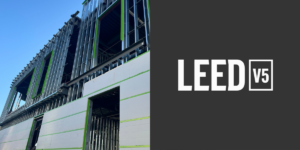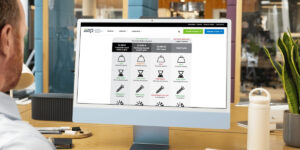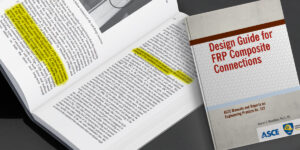Best Practices for Optimal Energy Efficient Windows: A Comprehensive Checklist
Energy loss through windows can approach 60% of a building’s total energy loss, highlighting the critical importance of efficient window systems. Inefficient windows not only increase energy costs but also compromise occupant comfort and contribute to higher carbon emissions, among a host of other issues. Recognizing these challenges, a checklist of ten best practices for energy-efficient windows and openings has been developed. This guide aims to help designers and installers address key factors such as thermal performance, air leakage, and integration with building envelopes. Adhering to these practices can ensure improved energy efficiency, safety, and sustainability in window design. The checklist serves as a guide to achieving optimal window performance and overcoming the shortcomings associated with legacy systems.
1. Align Window with Insulation
For maximum thermal efficiency, it’s crucial to align the thermal plane of the window with the thermal plane of the insulation system rather than simply aligning the window with the structural framing. Misaligned windows and insulation systems can create thermal bridges that significantly compromise the energy efficiency of the building. By ensuring that the window aligns with the insulation, you maintain a continuous thermal barrier, which reduces heat loss in cold climates and minimizes heat gain in hot climates. GreenGirt CMH XO™, a continuous insulation system for windows, is designed to ensure that windows seamlessly integrate with the wall insulation, maintaining thermal continuity and boosting thermal and structural performance. This alignment is critical to achieving a high-efficiency, durable building envelope that performs optimally across various climates.
2. Use Durable, Non-Conductive Materials
Specifying durable, non-conductive framing materials is essential for minimizing heat transfer and enhancing thermal performance. Conductive materials like metal compromise insulation effectiveness by allowing heat to flow through the window frame, creating thermal bridges that lead to energy loss and inconsistent interior temperatures.
GreenGirt CMH XO uses a composite metal hybrid material, which eliminates thermal bridging while maintaining structural integrity. This non-conductive approach boosts energy efficiency, lowers heating and cooling costs, and improves occupant comfort, making it a key practice for optimizing the thermal performance of windows and openings.
3. Eliminate Air and Water Leaks
Properly sealing window openings with non-permeable, waterproof, and weatherproof materials is crucial for preventing air and moisture infiltration. Effective seals maintain building integrity by preventing air leaks, which can increase energy costs and decrease comfort, and water leaks can lead to mold and structural damage. Additionally, by using non-conductive materials in the sealing framing process, thermal bridging is eliminated, which also prevents condensation or moisture from traveling through the assembly. This not only enhances thermal efficiency but also mitigates the risk of moisture-related issues that could compromise the building’s performance.
4. Combine with a Thermally Efficient Continuous Insulation or Building Enclosure Wall System
Pairing a continuous insulation system for windows with a compatible wall system maximizes thermal efficiency and eliminates weak points in the building envelope. Using a wall system like GreenGirt CMH continuous insulation system or SMARTci building enclosure system wraps the building in insulation to reduce heat transfer. Combining this with the GreenGirt CMH XO window system extends thermal protection to the openings, which are typically weak points.
This integrated approach ensures a consistent R-value across the entire building, eliminating thermal bridges and delivering exceptional energy efficiency. The result is lower heating and cooling costs and enhanced occupant comfort.
5. Select High-Performing Windows
It’s important to note that the design, performance, and selection of high-performing windows play a critical role in meeting thermal regulations and enhancing a building’s energy efficiency. Choosing windows with low U-factors is essential for improving energy efficiency and thermal comfort.
GreenGirt CMH XO integrates seamlessly with a wide range of window types, whether it be punched openings, storefronts, curtainwalls, or ribbon windows. By combining the right glazing with the benefits of the GreenGirt CMH XO system, optimal energy efficiency and occupant comfort can be ensured.
6. Opt for Manufacturers with Engineering Support
Partnering with manufacturers that provide comprehensive engineering support is essential for achieving optimal building envelope performance and seamless integration. Industry professionals rely on this technical expertise to tailor systems to project-specific requirements, prevent costly errors, and maximize thermal, structural, and energy efficiency. Advanced Architectural Products, creators of GreenGirt CMH and SMARTci systems, offer high-performance continuous insulation and building enclosure systems backed by expert support from its in-house engineering team. This support includes finite element analysis of sub-framing and attachments, detailed engineering review and design assistance, as well as ongoing technical support and field coordination.
7. Adhere to Fire Safety Standards
Meeting NFPA standards is vital for minimizing fire risks. Window framing systems must have a high fire resistance rating to prevent fire spread. GreenGirt CMH XO™ enhances fire safety by integrating with fire-rated wall assemblies per NFPA 285. Its design eliminates thermal bridging, ensuring effective insulation while maintaining critical fire barriers.
8. Ensure Permanent Fastening
Securing permanent connections in window installations is crucial for maintaining the stability and durability of the building envelope. Proper fastening preserves structural integrity and prevents movement or misalignment. It also enhances thermal efficiency by maintaining thermal barriers and reducing heat loss or gain at window openings. Effective connections also help avoid issues like air leaks, water infiltration, and thermal bridging, which can lead to increased energy costs and decreased comfort.
GreenGirt CMH XO ensures permanent fastening by addressing common problems such as thermal loss from through-wall metal fasteners, through-insulation fasteners, conductive metal angles, and inefficient wood blocking. By eliminating these concerns, GreenGirt CMH XO provides a stable and effective installation, preserving thermal efficiency and structural integrity for a more durable and energy-efficient building envelope.
9. Prioritize Ease of Installation
Ease of installation is crucial for reducing labor costs and minimizing the risk of errors. Systems that are simple and straightforward to install help streamline the process, ensuring a more efficient and cost-effective project.
The GreenGirt CMH XO system is designed with simplicity in mind, offering ease of installation comparable to legacy methods. When used with a system like GreenGirt CMH or SMARTci, it provides a cohesive solution that simplifies installation. This integration ensures both systems work seamlessly together, reducing labor costs and minimizing potential installation errors.
10. Emphasize Sustainability
Sustainability is crucial for reducing the environmental impact of structural framing systems for energy efficient windows and ensuring healthier indoor environments. Choosing products that adhere to sustainability standards helps support eco-friendly practices and improves overall building efficiency.
The GreenGirt CMH XO system reflects these sustainability priorities by avoiding Red List materials. These materials pose risks to both health and the environment. It also features a Declare label, offering transparency about the product’s composition and environmental impact. Opting for GreenGirt CMH XO ensures that your windows and openings are high-performing. Additionally, they contribute to a more sustainable and environmentally friendly built environment.
Conclusion:
Advanced Architectural Products developed this checklist to provide a clear, actionable guide for optimizing window and window framing systems. By following it, professionals can overcome common challenges with legacy systems like metal or wood blocking. This ensures superior energy efficiency, safety, and sustainability in window installations. Learn more by visiting Advanced Architectural Products’ website.
Download the 10 Best Practices for Energy-Efficient Windows and Openings Checklist now!



